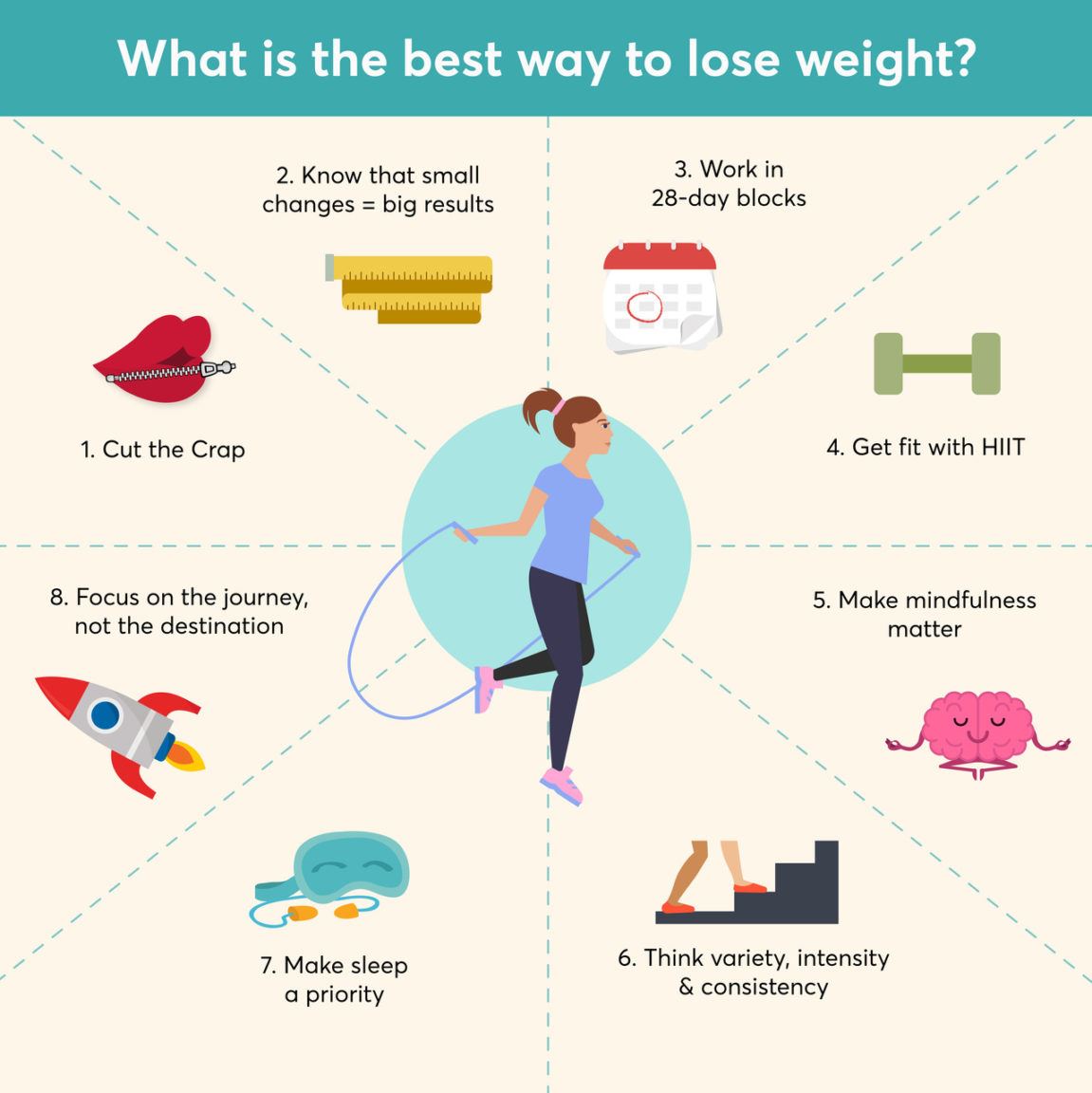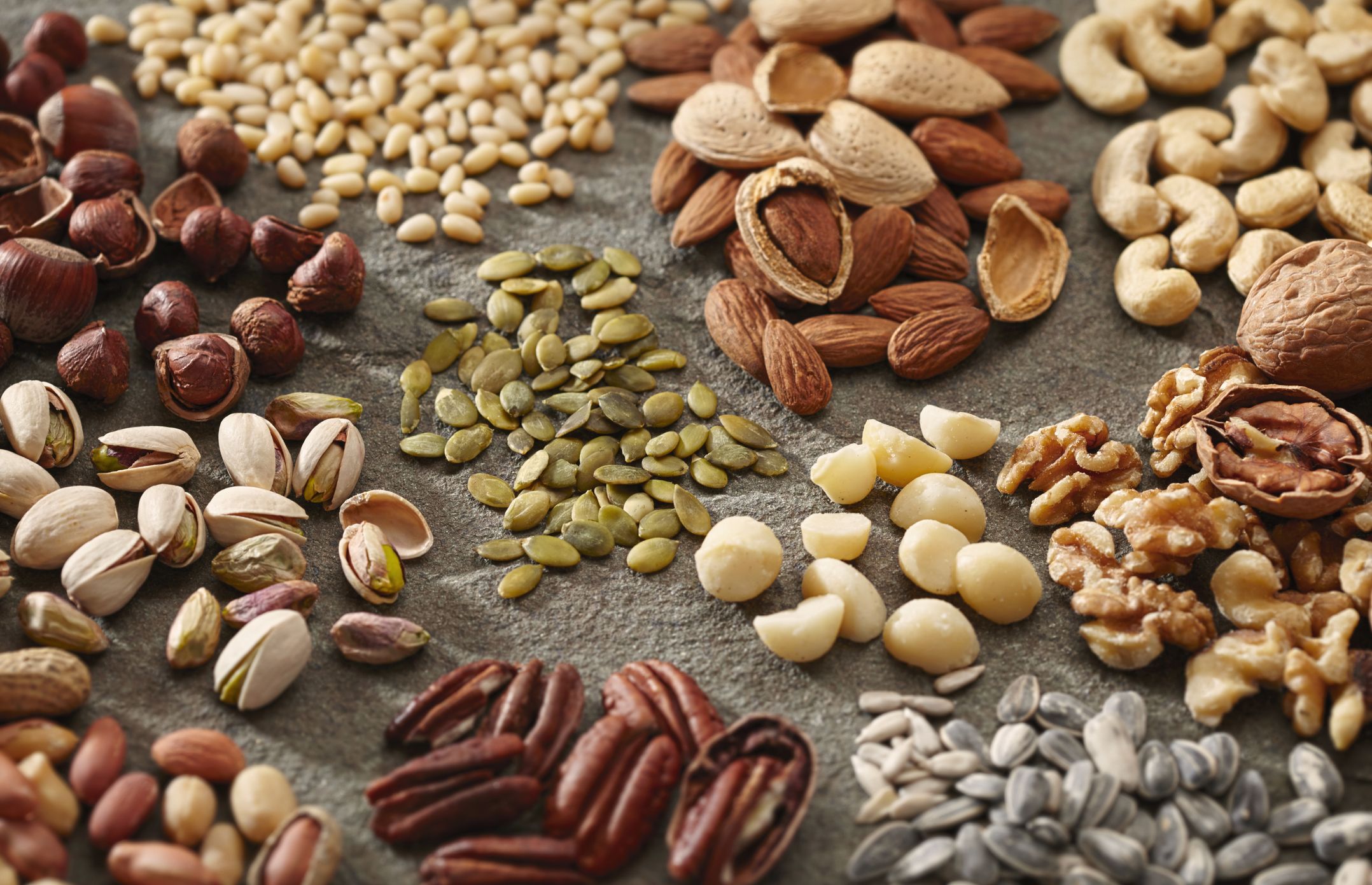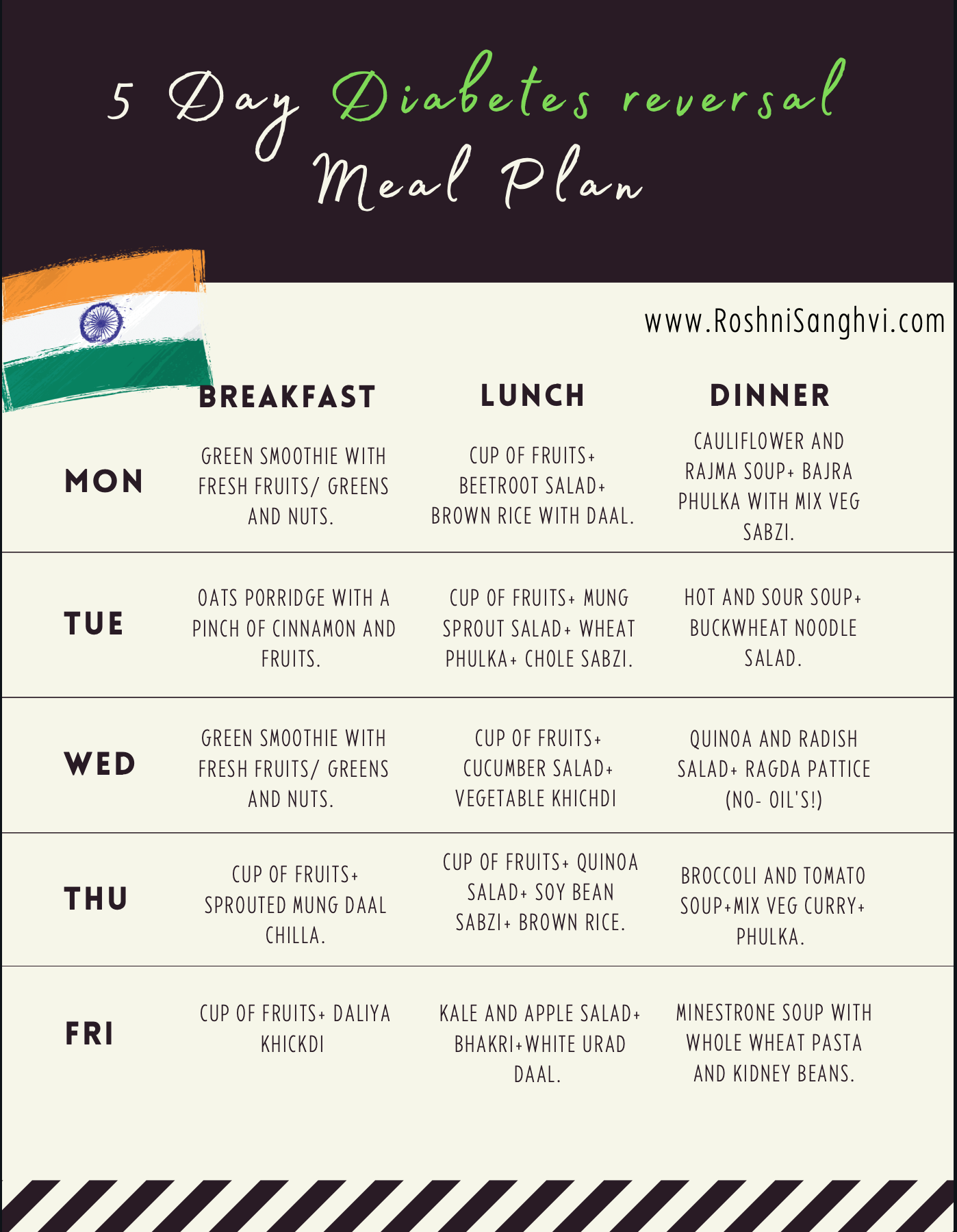
There are many ways to get more exercise throughout the day. You can burn more calories by simply cleaning out your bathroom 25 times per day. Dance to music that burns calories. Another way to burn calories? Painting. One hour of painting on a canvas burns around 120 calories. A canvas can also be used to paint, which can burn up to 120 calories in only 35 minutes. There are many ways to burn calories, including standing up and fidgeting.
Fidgeting
Did you know that fidgeting can help increase your calorie burning? Researchers at Mayo Clinic did a study about the effect of fidgeting and calorie burning. The body can burn more calories by fidgeting in controlled environments or on its own. Fidgeting isn't just good for your body. You can also increase your energy and burn fat by dancing or playing videogames.

Standing
Research has shown that standing for at least 10 minutes per day is good for your health. Studies have shown standing results in a greater calorie burn than sitting. In fact, people who have a higher body mass burn more calories per hour than those with lower body mass. Some people cannot stand for long periods due to orthopedic or medical problems. You may find it difficult to stand for long periods of time due to medical conditions or orthopedic problems. Take a 10-minute walk every now and again to get better.
Walking
Although it might seem counterintuitive at first, you can walk to burn more calories each day. You may be sitting at a desk all day, so a simple walk can loosen up your muscles and burn more calories throughout the day. There are a few tricks that can increase your calorie intake. A heart rate monitor is a great way to determine the level of intensity you are working at. You should aim to work at least five to 10 beats above your baseline heart rate.
Swimming
Swimming has many benefits. As we age, our metabolism slows down and we use more energy than we burn. Our metabolism also speeds up when we exercise. What is the best way to burn calories with swimming? There are many factors that affect your swimming workout. Swimming devices are a great way to stay motivated and track your progress if you are an experienced swimmer.

Exercise
Exercise has many health benefits. However, you must find an exercise that you love and can maintain. Your personal health history, physical fitness level, and goals will determine what kind of exercise you should do. Here are some tips to get you started. It is better to exercise in the morning than at night or on weekends. While it may be easier to lose calories during the morning than at night, it is still better to start slowly and build intensity over time.
FAQ
What Amount Of Exercise Is Needed For Weight Loss?
Many factors influence how much exercise is needed to lose weight, such as age, gender, body size, and weight. Most people require at most 30 minutes of moderate physical activity five times per week.
The American College of Sports Medicine recommends 150 mins of moderate-intensity aerobic exercise per week spread over three consecutive days.
If you are trying to lose 10 pounds, 300 minutes of moderate intensity exercise per week is a good goal. This includes activities like jogging or running, swimming laps and biking.
For those just starting out, you might consider 20 minutes of vigorous activity every other week. These activities could include sprints and lifting weights.
Aerobic exercise can help burn calories as well as build muscle mass. Muscle burns more calories than fat does. So building muscle can help you lose weight faster.
How Much Weight Can You Lose in a Week?
Your current bodyfat percentage determines the amount of weight you will be able to lose. First, calculate how much weight your goal weight is and then determine what your BMI (Body Mass Index). Your BMI is a measure of how much weight you need to lose. If your BMI is 25 or greater, you're overweight. If your BMI falls below 30 you are considered obese.
Your BMI is calculated at 28.7 if your weight is 200. This means that you'd need to lose around 70 pounds to get down to a healthy weight range. To see if you're overweight, visit www.healthyminds.com/bmi/.
This formula can be used to calculate how many pounds you will lose each week once you have determined your BMI.
(Your Goal Weight - Current Weight)/BMI * 7 Number Of Pounds Lost Per Week
To lose 50 pounds in a month, you would need to exercise for 2 weeks. That's 56 days divided by 7 pounds per day. This works out at 8.3 pounds per week.
You could also try this calculator from www.weightlosscalculator.net. This calculator gives you an estimate of how many calories are needed to lose 1 pound per day.
How can busy people lose excess weight?
You can lose weight by eating less and moving more.
Overeating will lead to weight gain. You will gain weight if exercise isn't enough. You can start losing weight if you combine these simple habits.
How long should I fast intermittently to lose weight
The answer isn't as easy as it seems. For optimal fat loss, you need to take into account many factors. These include:
-
Your age. Intermittent fasting can be difficult for young people (under 40). This is because they have less time to recover after each fast. You may not have enough energy for a sustained period of daily fasting if you are older (over 60).
-
Your current body composition. Your current body composition. If you have a lot more muscle mass than you need, then you will likely be more successful with longer fasting periods. You may find shorter fasting more beneficial if your muscle mass is low.
-
How physically active you are. Exercise regularly and you may need to extend the fasting window in order to get enough sleep between workouts.
-
Your past medical history. People with heart disease, diabetes, and cancer may require extra fasting monitoring.
-
How do stress and anxiety affect you? Stressful situations often cause us to eat more. To avoid this, you might want to increase the lengths of your fasting window.
-
The type of diet you follow. Certain diets, like ketogenic diets, may require even longer fasting periods.
-
Your sleep quality. A decreased quality of sleep can also be linked to decreased appetite and metabolism. It could take some experimentation to discover the best method for you.
-
The amount of protein you consume. Consuming more protein helps to stabilize blood sugar levels. This could lead to lower insulin levels. This would allow you to fast for longer periods of time.
-
Individuals who are trying lose or gain weight will require longer fasting times than those who are trying.
-
What percentage of calories do you consume during your fasting window? You may lose more weight if you eat fewer calories each day than if you eat more.
-
Your fitness level. Faster people are more likely to be fit, and burn more calories during the day.
-
Your gender. Men tend to have greater appetites that women, so they may need a longer fast. Women are more likely to have smaller appetites and may need to fast only 20-30 minutes every day.
-
Your lifestyle. Are you someone who does a lot of exercise? Do you exercise multiple times a week or do you just go to the gym? Do you have a job that requires you to sit at a desk all the time? These factors could affect how much you should fast.
-
How much money do you spend on food? Eating healthy foods doesn't necessarily mean spending much money on groceries. Whole grains can be replaced by white bread, fruits can replace candy bars, and lean cuts of meat can be used to save money.
-
How important it can be to control your appetite. Fasting may not be necessary if you don't want skip meals.
Statistics
- A 12-week study in 20 women with obesity found that walking for 50–70 minutes 3 times per week reduced body fat and waist circumference by an average of 1.5% and 1.1 inches (2.8 cm), respectively (healthline.com)
- One study in 9 active men found that HIIT burned 25–30% more calories per minute than other types of exercises, including weight training, cycling, and running on a treadmill (18Trusted Source (healthline.com)
- Among women, the increase in metabolic rate was nearly 4%, or 50 more calories per day (14Trusted Source (healthline.com)
- According to Harvard Health, it's estimated that a 155-pound (70-kg) person burns around 167 calories per 30 minutes of walking at a moderate pace of 4 mph (6.4 km/h) (5). (healthline.com)
External Links
How To
How to do Intermittent Fasting (IF)
Intermittent eating is a way to lose weight that you only have one day of the week. It's usually Monday through Thursday. This is a way to cut down on calories while still getting enough nutrition. It is believed that this will help you burn fat quicker than if the meals are regular for the whole week.
The most popular form of IF is to limit calories to certain days. This means that you would skip breakfast every morning and then consume whatever food you want during the rest of the day. You could choose to eat three small meals per day rather than two big ones.
There are many different forms of intermittent fasting, including alternate day fasting, 5/2 fasts, 8/4 fasts, 16/8 fasts, etc. There are pros as well as cons to each form of intermittent fasting. Alternate day fasting, which doesn't require you to change your lifestyle, is the best way to get started. However, not everyone can stick to a rigid schedule. They might prefer to experiment with other methods.
Alternate-day fasting is a good option if you are looking to begin an intermittent fasting program. This will allow you to gradually transition into more extreme fasting routines without completely changing your lifestyle.